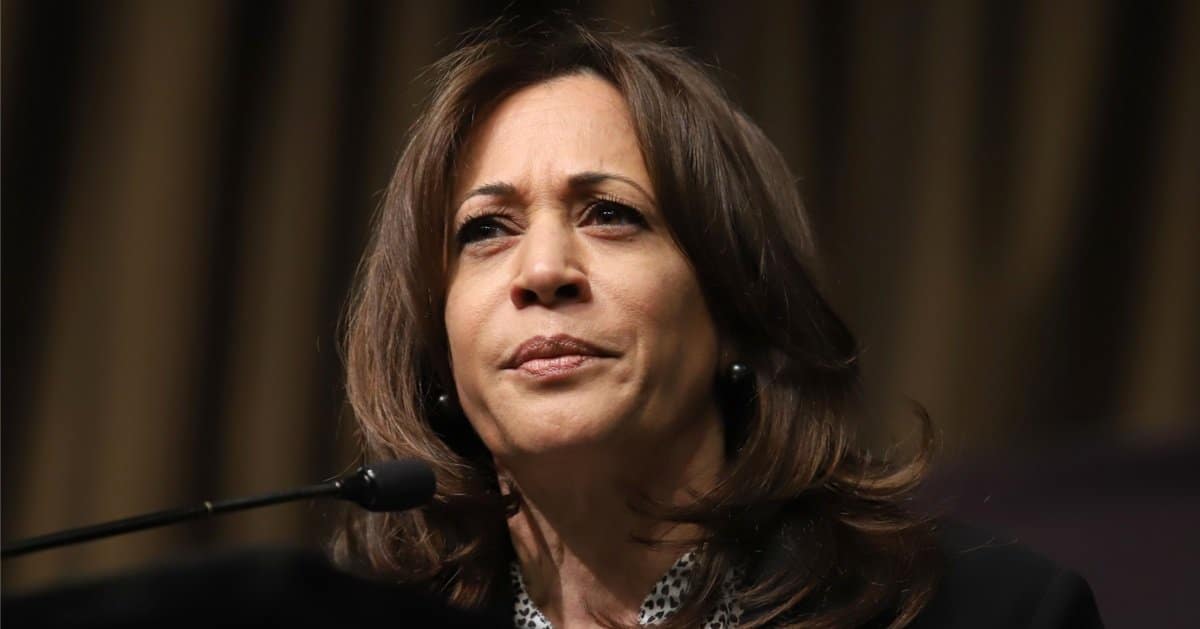




California’s electoral map faces a seismic shift as Gov. Gavin Newsom mulls a redistricting overhaul before the 2026 midterms.
The Daily Caller reported that Newsom’s plan, floated on the July 15, 2025, *Pod Save America* podcast, aims to boost Democratic seats in Congress, while Republican candidate Steve Hilton calls it a blatant power grab.
The move comes as the White House pushes Texas to redraw districts favoring Republicans, prompting Newsom to counter with California’s redistricting. Hilton’s sharp rebuke labels the scheme as rigging the state’s electoral system against the GOP.
Newsom’s tactics include leveraging an urgency clause, calling a special legislative session, or even holding a special election to amend California’s constitution.
He’s openly exploring these options, as confirmed in a July 16, 2025, X post listing “special sessions” and “ballot initiatives” as tools. This aggressive approach sidesteps the usual census-driven redistricting cycle, raising eyebrows among conservatives.
Republicans, who command roughly 40% of California’s vote but hold just 17% of its congressional seats, fear Newsom’s plan could slash their representation further.
Hilton warns it might shrink GOP seats to a mere 7%, a move he calls authoritarian rather than democratic. His critique paints Newsom as a hypocrite who preaches democracy while tightening his grip on power.
Newsom’s own words don’t help his case; he admits both parties have “weaponized” gerrymandering in the past. Yet, he justifies his plan as a counter to Republican redistricting elsewhere, like Texas. This tit-for-tat logic, conservatives argue, sacrifices fairness for partisan gain.
Hilton’s not sitting idly by—he’s pushing a Fair Representation plan to undo Newsom’s scheme and fix flaws from a 2008 redistricting reform. His proposal lets commissioners hire independent staff, prioritizes city and county lines, and uses AI to strip out political bias. It’s a direct jab at Newsom’s approach, aiming to align maps with actual voter preferences.
Newsom’s podcast musings included a jab at Texas, urging it to focus on flood recovery after a deadly Independence Day disaster instead of redistricting.
Conservatives see this as a distraction, a way to dodge scrutiny of his plans. Hilton calls it sanctimonious posturing, accusing Newsom of cloaking power moves in moral rhetoric.
The governor’s push for a “national framework” for independent redistricting sounds noble but rings hollow to skeptics. He admits the “ground is shifting” for Democrats, suggesting his urgency is less about fairness and more about survival. Critics argue this exposes a willingness to manipulate rules when it suits his party.
Hilton’s campaign seizes on this, framing Newsom as an autocrat allergic to electoral competition. “Californians want fair elections,” Hilton insists, not a system rigged to protect party insiders. His plan, he claims, reflects the 60% of voters craving change in how California draws its lines.
Newsom’s X post laid bare his toolbox: special elections, new laws, or ballot measures to push redistricting through. This arsenal alarms conservatives who see it as a playbook for entrenching Democratic dominance. The governor’s rhetoric about democracy feels like a veneer to many on the right.
Hilton’s Fair Representation plan, by contrast, emphasizes transparency and voter equity. Using AI to eliminate bias and respecting local boundaries could restore trust, he argues. It’s a bold counterpunch, appealing to those fed up with Sacramento’s one-party rule.
Newsom’s defenders might argue he’s just leveling the playing field against Republican tactics in states like Texas.
But conservatives counter that two wrongs don’t make a right, especially when voter voices are at stake. The governor’s plan risks alienating the 40% of Californians who lean Republican.
Hilton’s campaign taps into a broader discontent, with 60% of Californians reportedly wanting electoral reform. His accusation that Newsom behaves like an autocrat resonates with those wary of unchecked power.
The contrast between the two visions—Newsom’s redistricting push versus Hilton’s fairness plan—could shape the 2026 race.
Newsom’s willingness to bypass traditional redistricting timelines fuels GOP fears of a rigged system. His acknowledgment of gerrymandering’s ugly history only deepens distrust among conservatives. They see his plan as a step toward shrinking their already slim congressional voice.



